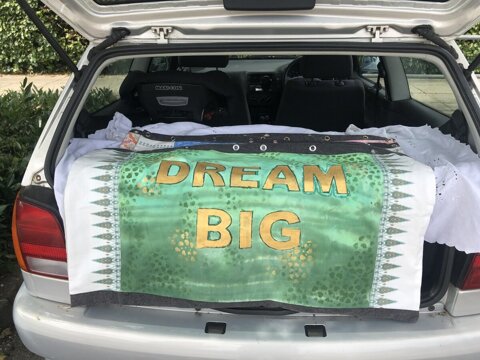Intent
Why our Design Technology curriculum looks like this:
DT should provide children with a real-life context for learning. At Gusford, we want to allow children to aspire to be more through creating opportunities for them in the wider world.
Through the DT curriculum, children should be inspired by engineers, designers, chefs and architects to enable them to create a range of structures, mechanisms, textiles, electrical systems and food products with a real-life purpose.
Implementation
How Design Technology is taught at Gusford:
All teaching of DT should be based on the KAPOW units indicated in the Long Term Plan.
All teaching of DT should follow the design, make and evaluate cycle. Each stage should be rooted in technical knowledge.
- The design process should be rooted in real life, relevant contexts to give meaning to learning.
- While making, children should be given choice and a range of tools to choose freely from.
- To evaluate, children should be able to evaluate their own products against a design criteria.
Each of these steps should be rooted in technical knowledge and vocabulary. DT should be taught to a high standard, where each of the stages should be given equal weight. There should be evidence in each of these stages in the DT folders, which should also develop to show clear progression across the key stages as they are passed up through each year group.
In KS1 this looks like:
Design:
- Design should be rooted in real life, relevant contexts to give meaning to the learning.
- Planned through appropriate formats: drawing, templates, talking and mock-ups.
Make:
- Children should be given a range of tools for their projects to choose from.
- Children should use a wide range of materials and components; textiles, construction equipment and ingredients.
Evaluate:
- Evaluate existing products.
- Evaluate their own products against design criteria.
- Children should be encouraged to look for ways to improve their work.
In KS2 this looks like:
Design:
- Rooted in real life, relevant contexts to give meaning to the learning.
- Researched designs based on functional, appealing products with purpose.
- Planned by appropriate methods; annotated sketches, cross-sectional diagrams, prototypes, pattern pieces and computer aided design.
Make:
- Children can select from a wider range of tools than KS1.
- Children should be shown how to select the correct tool for the tasks and how to use tools safely.
- Children should use from and select a wider range of materials and components; textiles, construction equipment and ingredients.
Evaluate:
- Evaluations should be in comparison to existing products.
- Children should evaluate against a design criteria.
- Children should understand how key events and individuals have helped shape design and technology globally – products are in context!
- Children should be encouraged to look for ways to improve their work.
DT Documents
DT Vocabulary Mats Nursery
DT Vocabulary Mats Reception
DT Knowledge Organisers Year 1
DT Knowledge Organisers Year 2
DT Knowledge Organisers Year 3
DT Knowledge Organisers Year 4
DT Knowledge Organisers Year 5
DT Knowledge Organisers Year 6

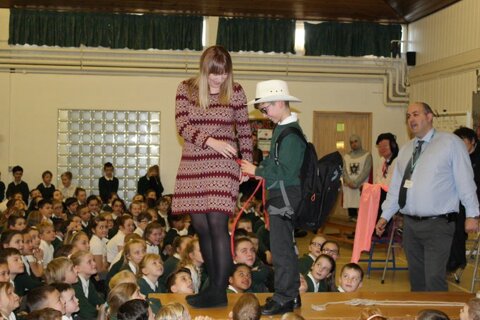
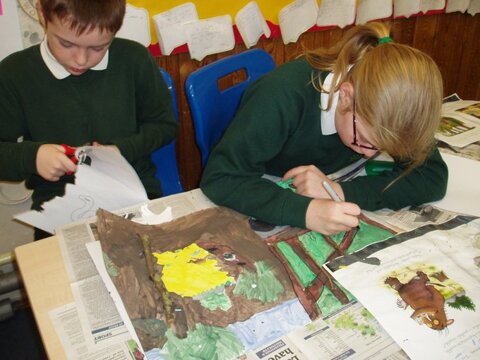
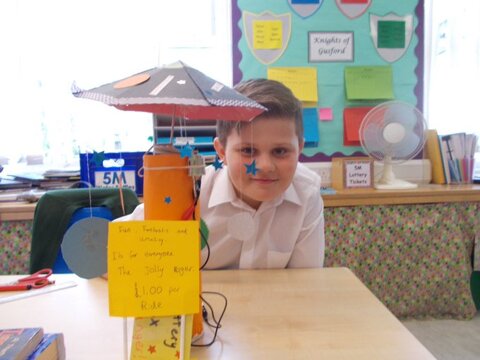

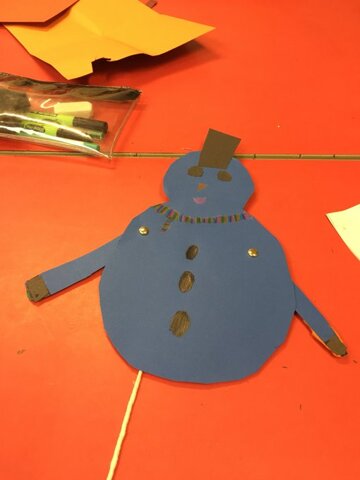

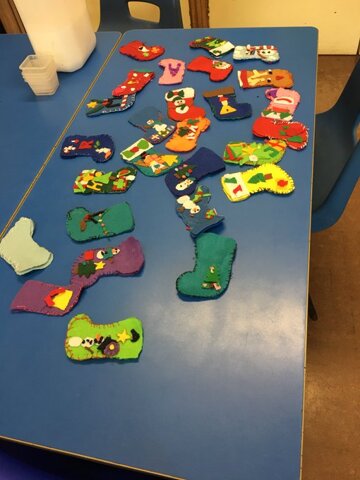
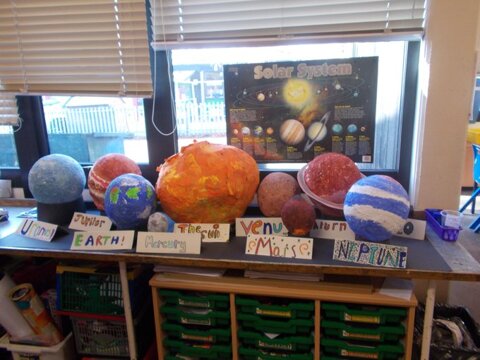
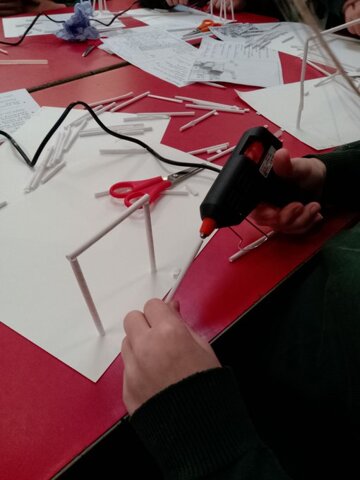
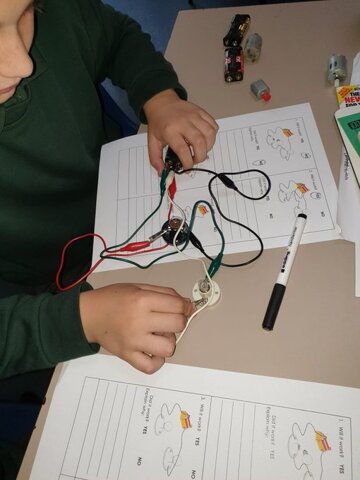

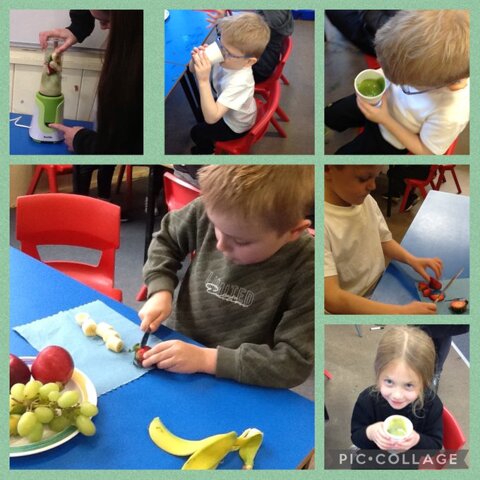
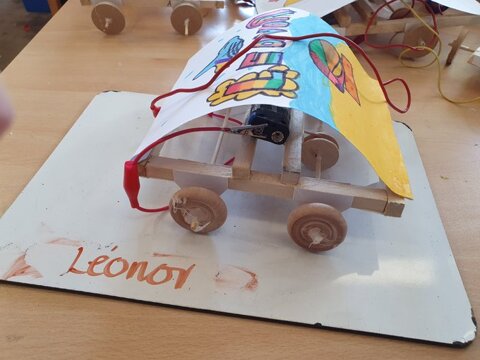
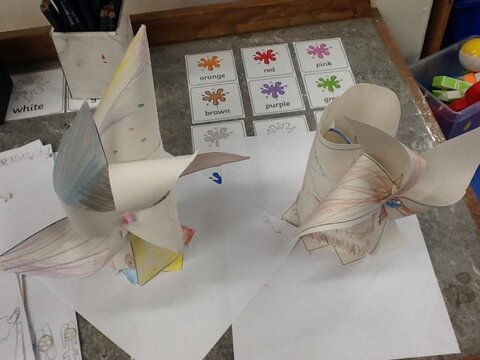
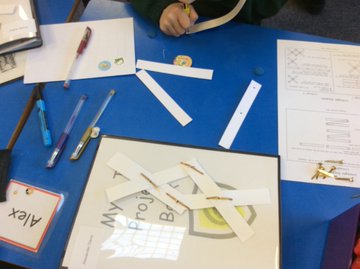
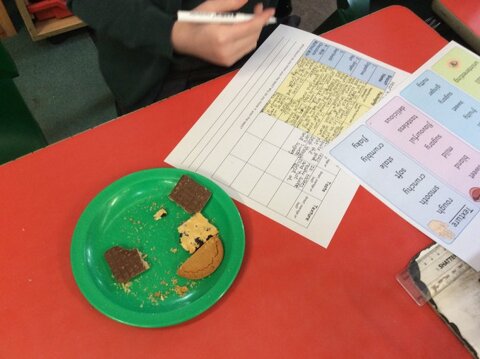
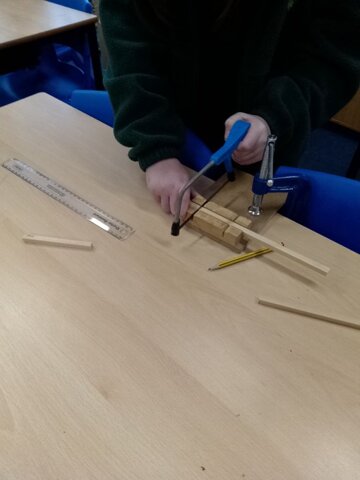


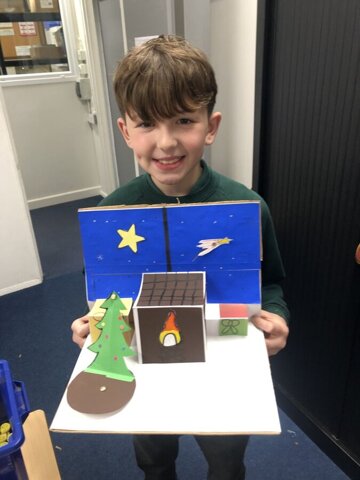
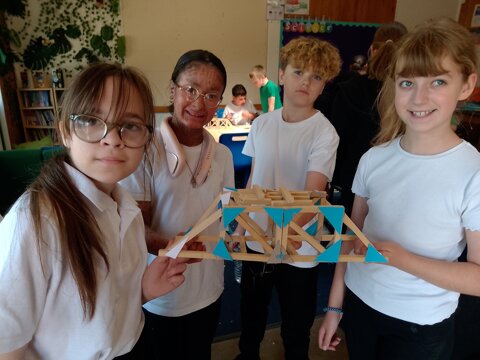
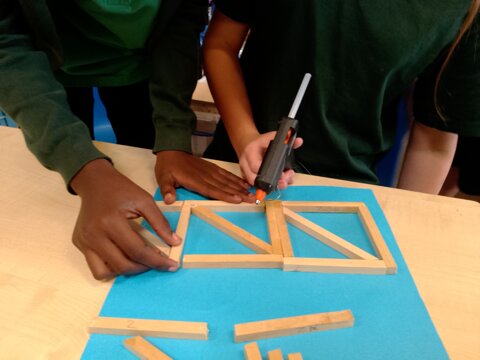
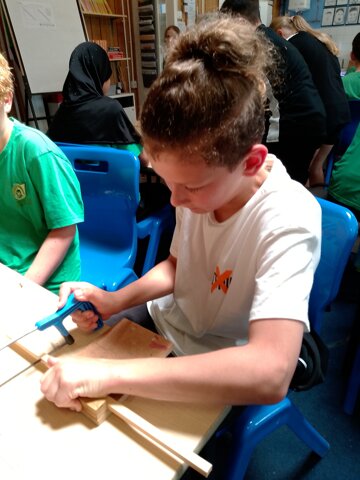
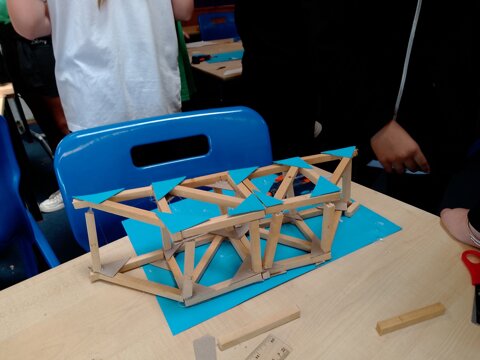
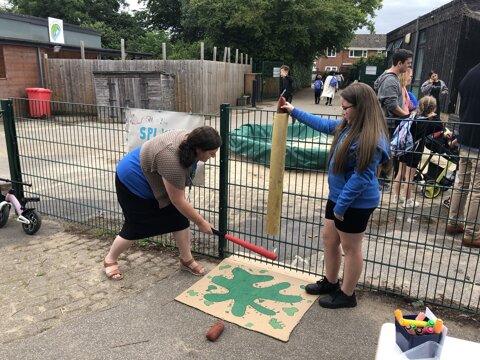
.png)
